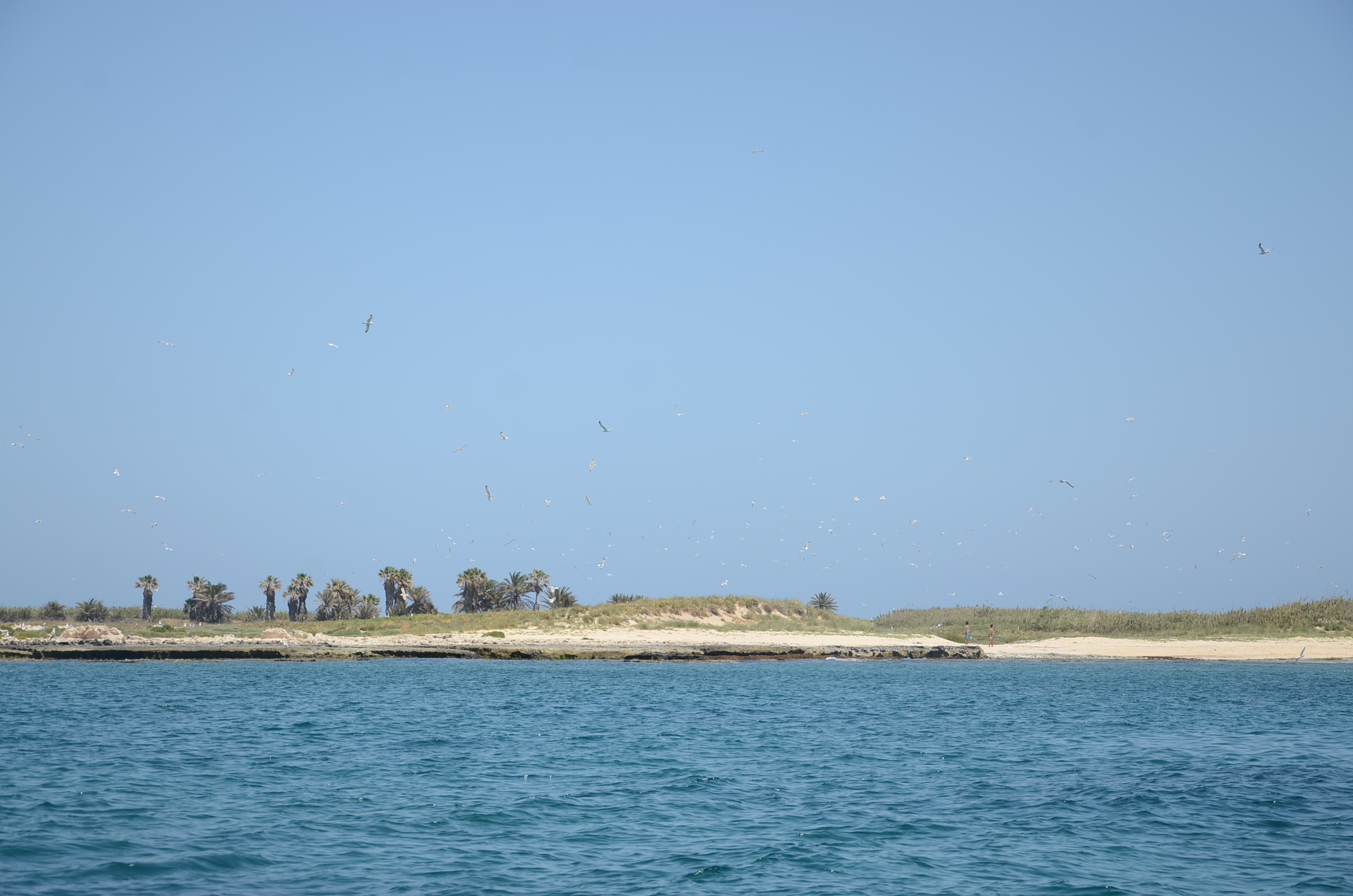Becoming a responsible fish seller for marine conservation involves adopting practices that prioritize sustainable seafood sourcing and contribute to the health of marine ecosystems. Here are several points to consider

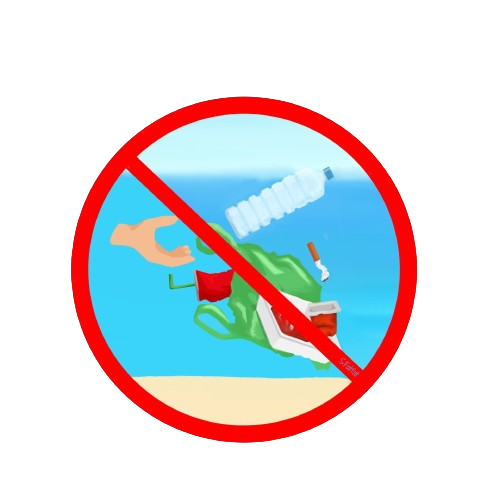
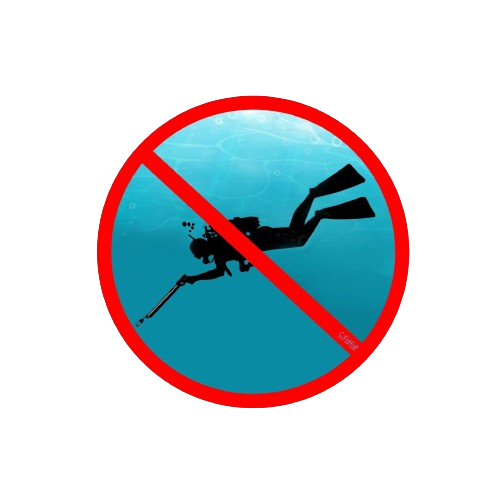

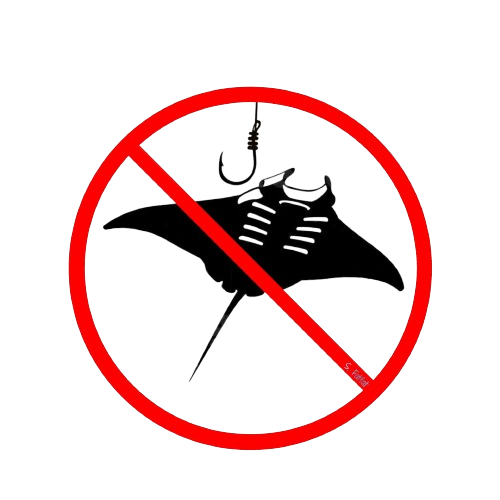
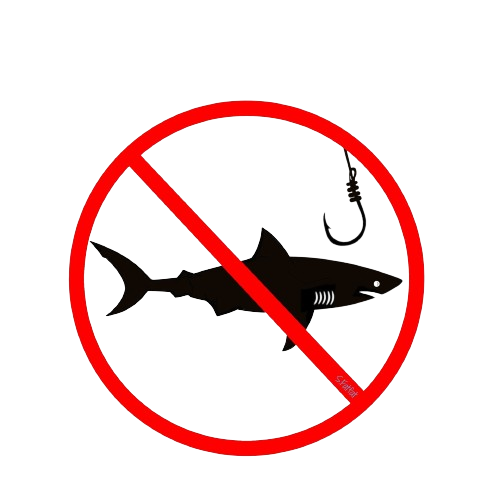
Sustainable Sourcing
Partner with suppliers who follow sustainable fishing practices, avoid overfished species, and support responsible fishery management.
Avoid Destructive Methods
Refrain from sourcing seafood obtained through destructive fishing methods, which harm marine habitats.
Know Your Products
Understand the species you sell, their conservation status, and whether they are caught or farmed using sustainable methods.
Labeling and Transparency
Provide clear and accurate information about the source, catch method, and sustainability status of the seafood you sell. Use labels such as Marine Stewardship Council (MSC) or Aquaculture Stewardship Council (ASC) certification.
Offer Alternatives
Promote lesser-known, underutilized, or sustainably managed species to reduce the demand for overfished species.
Educate Customers
Share information about sustainable seafood choices, fishing practices, and the importance of marine conservation with your customers.
Monitor and Adjust
Keep up-to-date with changes in conservation and fisheries management. Be prepared to adjust your offerings based on updated sustainability information.
Support Local Fisheries
Source seafood from local, well-managed fisheries that adhere to regulations and contribute positively to the local economy.
Reduce Waste
Minimize packaging waste and encourage customers to bring their reusable containers for seafood purchases.
Engage in Advocacy
Support and participate in initiatives that promote responsible fishing and sustainable seafood choices, both within your business and in your community.
By prioritizing sustainability and responsible sourcing, you can play a significant role in marine conservation efforts as a fish seller.
